Carbon Ring Molecules Linked to Life Found in Space for the First Time!
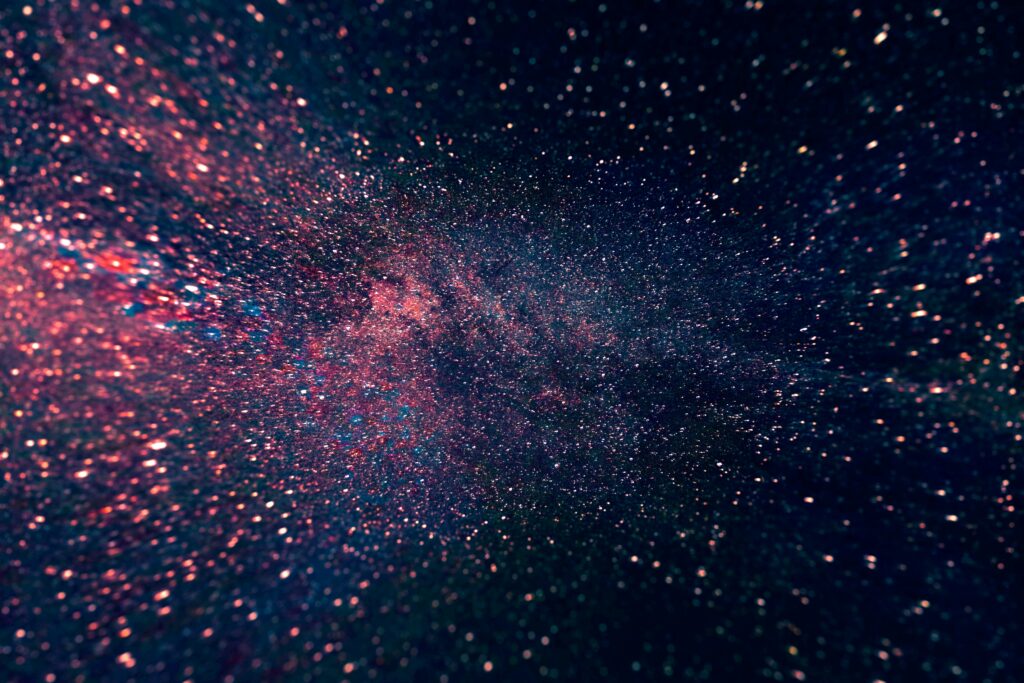
A group of scientists from the California Institute of Technology (USA) has found for the first time, using high-sensitivity radio telescopes, a prebiotic molecule in space outside our solar system, it is the first complex organic chiral molecule found in space interstellar.
The molecule, propylene oxide, was found near the center of the Milky Way, in a huge star formation in the cloud of dust and gas known as Sagittarius B2, this discovery helps to take a step forward in compression on one of the greatest mysteries of the origin of life. It is a chiral molecule, that is to say, not superimposable with its reflected image, whose type is crucial for the development of life as we know it, since everything alive is sensitive to the use of one or another of these chiral molecules.

Although propylene oxide is not used by living things, its presence in space is a sign that other chiral molecules may exist. There are certain organic molecules that have mirror versions of themselves, this is a chemical property known as chirality. These so-called “hard” molecules are essential to biology and have been found in meteorites that have reached Earth and comets in the Solar System. None, however, had been detected in the vast expanses of interstellar space, until now.
As astronomers explain, complex organic molecules form in interstellar clouds -such as Sgr B2- in various ways. The most basic pathway is through gas-phase chemistry, in which particles collide with each other and stick together to produce increasingly complex molecules, once organic compounds as large as methanol (CH3OH) are produced, without However, this process becomes much less efficient.
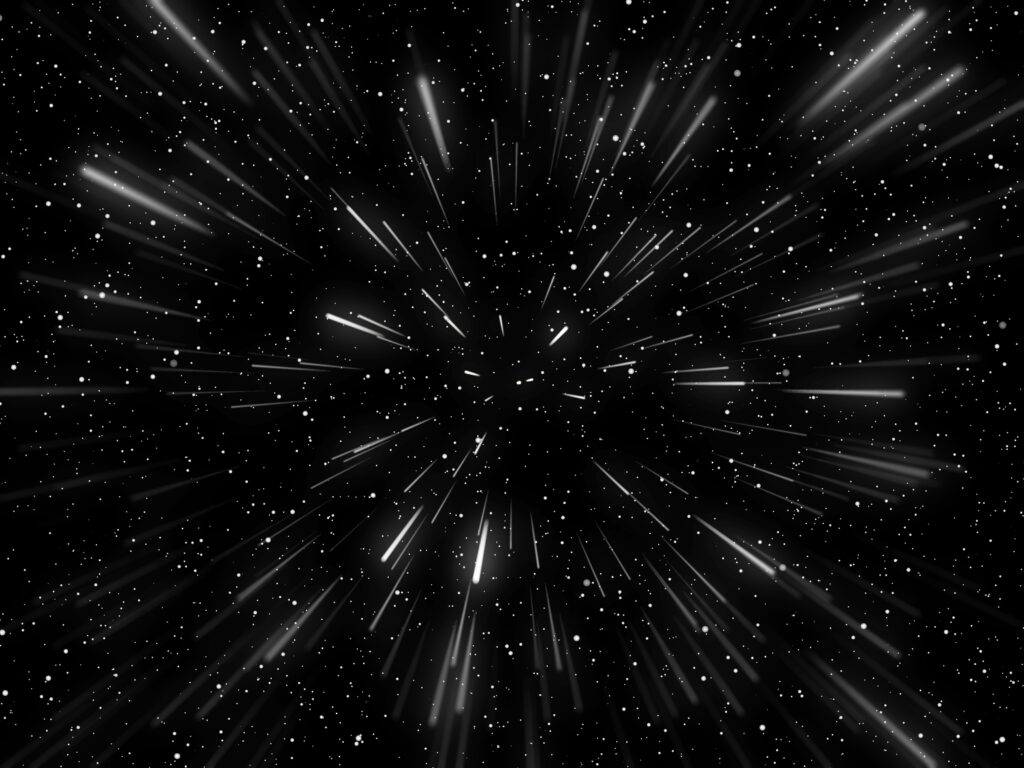
To form more complex molecules, such as propylene oxide, astronomers believe that thin sheets of grainy powder ice are formed, which are linked with the help of small molecules into longer and larger structures, these molecules can evaporate from the surface of the grains and react with the gas in the surrounding cloud.
To date, more than 180 molecules have been detected in space, each falling and vibrating in a vacuum near the interstellar medium and emitting a distinctive signature, a series of telltale spikes that appear in the radio spectrum. Larger, more complex molecules have a correspondingly more complex signature, making them harder to detect.
Intriguing? Don’t you think?
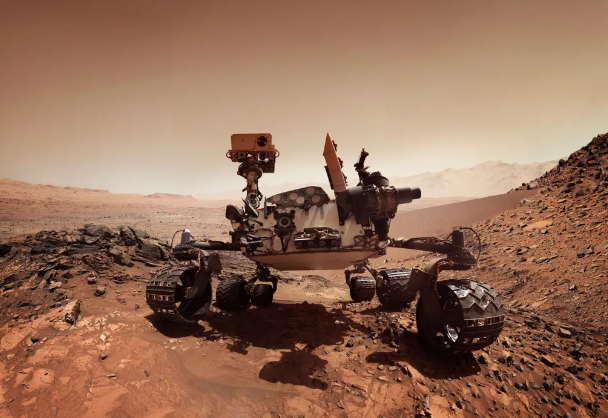

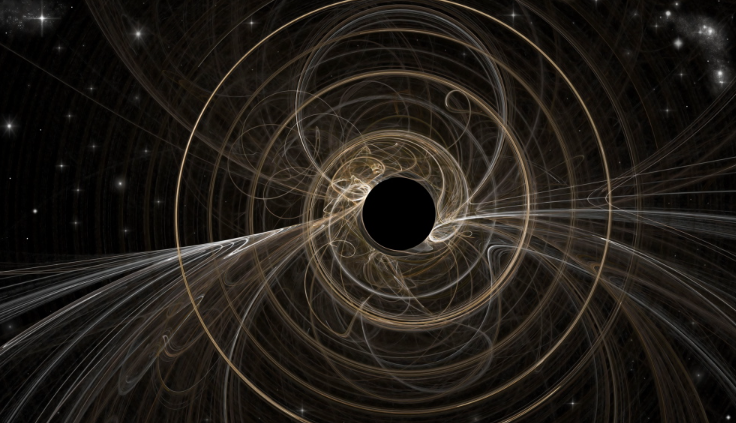

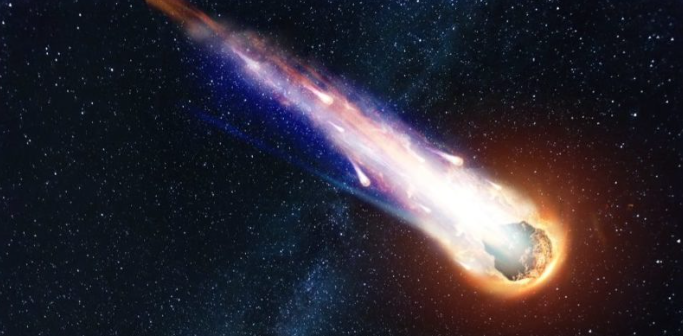
Responses